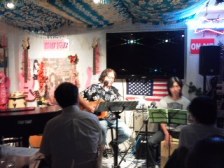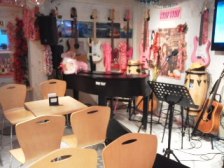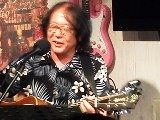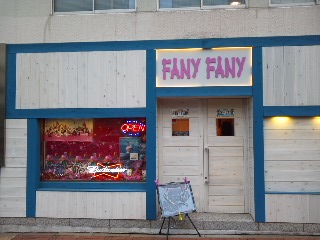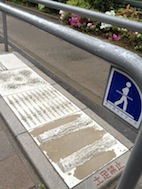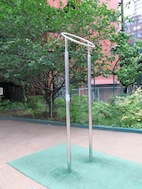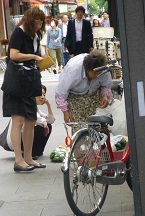
Walking along Ningyocho-dori in the rainy season, a morning market began on the east corner of amazake Yokocho.
I heard the rumor, but an aunt is expanding the store alone and talking with customers with a smile.
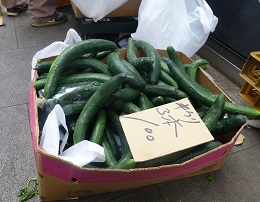 The cucumber in the photo is wonderful. Cucumber full of baskets.
The cucumber in the photo is wonderful. Cucumber full of baskets.
I tried to count the gloss of the morning picked, but I can't count how many there are. It looks very heavy if you have it. 。
The customers are familiar, and everyone leaves the store with a word. There are lots of vegetables in my hand.
I try to take a picture of my aunt, but I can't easily cut the crowd.
Looking at her aunt from a distance, she always smiles to the coming people. This woman is not just a man.
Since the store was finally vacant, go near, I squashing in and greeting with "Hello".
Aunt greets with a smile saying, "Konchi is a customer, cucumber is good, 100 yen for 4 bottles, let's lose a little more ...".
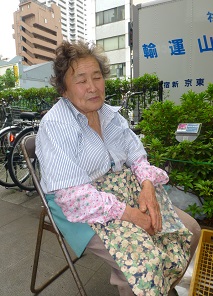
When I asked, I started when I was still in my twenties, saying, "I was still a punchy ... hahahahahahaha" was born in 1928.
Young people may not know, but he said that he was doing "Katsuya" at that famous Keisei Electric Railway. Stop it 20 years ago.
After that, he said he was doing a morning market here in Ningyocho. He said he brought vegetables from his house in the morning.
"It's close to you here and there, it's nice," he said. Shortly after that.
"How about tomatoes, this is another, how about?" Everyone was happy to buy. 500 yen for 4 bags.
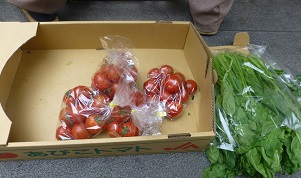 When I heard, "I don't have any money."
When I heard, "I don't have any money."
"It's good, I'm a hobby," "I'm boring at home, and I'm going to talk to you here."
"Young now, I can't carry this luggage, because I got on the train many times heavier."
In the 1940s, aunts of "Katsugiya" boarded from around Sakura, the leading car of the Keisei train at that time.
When I entered the city center, I went around to dealers from various places and sold vegetables.
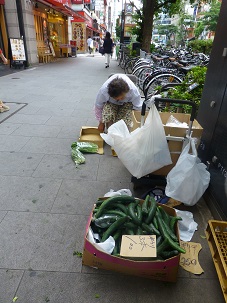 Now, my aunt lives in Abiko. My husband came in a light tiger until 7 o'clock in the morning, left it here, and sold until 11 o'clock.
Now, my aunt lives in Abiko. My husband came in a light tiger until 7 o'clock in the morning, left it here, and sold until 11 o'clock.
Today's aunt, the vegetables were sold well, and only cucumbers were left, waiting for her husband to come.
The shop is closed once a week on rainy or bad weather days. It seems that you can't go out unless you are in good physical condition.
Shake hands with your aunt. "I'll come again," he said, "You're well."
"What's your name?" When asked
"I don't have enough to give my name,"
Grandma gave me the hot youth of Showa.
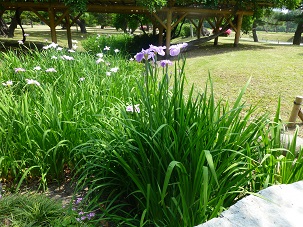
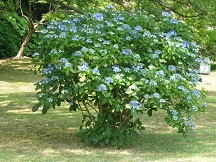

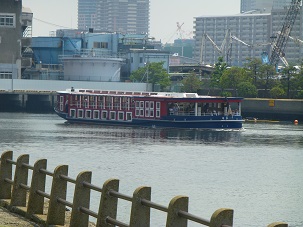
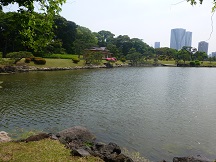
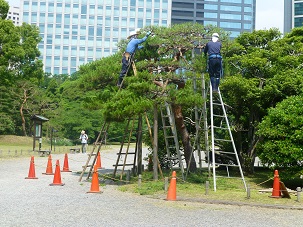
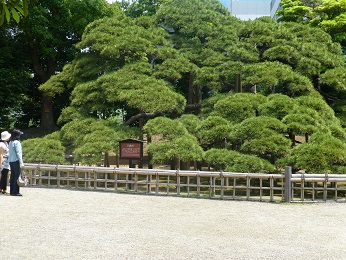

 The cucumber in the photo is wonderful. Cucumber full of baskets.
The cucumber in the photo is wonderful. Cucumber full of baskets.
 When I heard, "I don't have any money."
When I heard, "I don't have any money." Now, my aunt lives in Abiko. My husband came in a light tiger until 7 o'clock in the morning, left it here, and sold until 11 o'clock.
Now, my aunt lives in Abiko. My husband came in a light tiger until 7 o'clock in the morning, left it here, and sold until 11 o'clock.